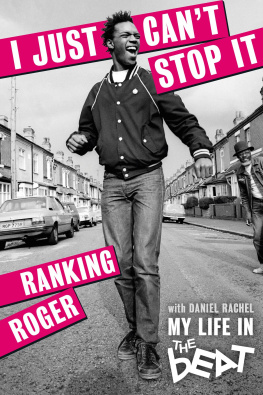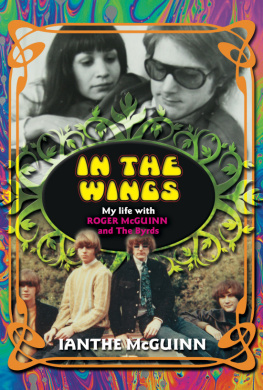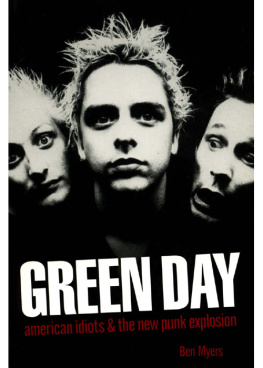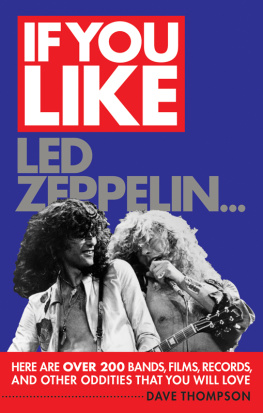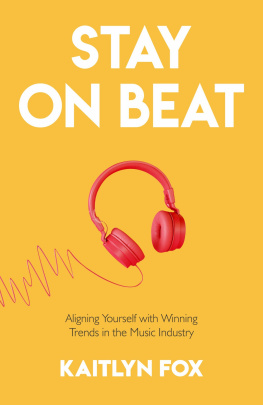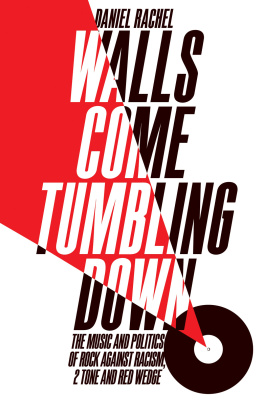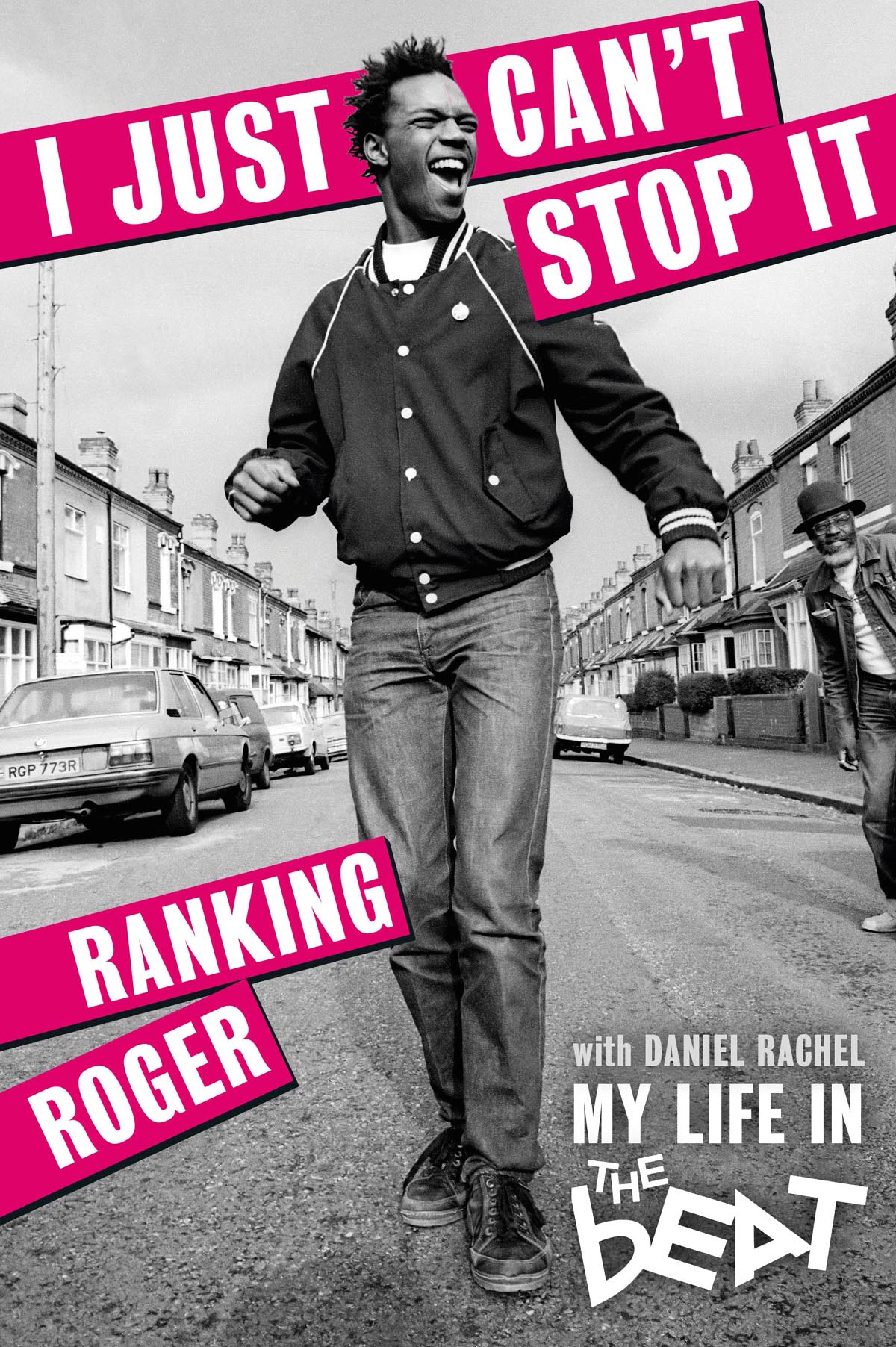Contents
Guide
Pages
Roger Charlery
19632019.
I had a connection to The Beat I cut two records with them in the Eighties and had the best time: their lyricism, charm and energy were part of my growing up. Watching them smash the audience to bits during the David Bowie Glass Spider tour was one of the highlights of my life and always Ranking Roger and Dave Wakeling up front: one toasting, one singing... and getting it just right. Saxa blowing like a hurricane...
Rogers story is one of struggle, fame and survival. Enjoy...
Sir Lenny Henry
The mid Seventies was one of the most influential periods in the history of British pop music. The merging of Caribbean rhythms and the tropes of the immigrant West Indian experience alongside young white bands struggling to find an identity in Thatchers disunited kingdom produced what would become the second wave of British dominance in popular music across the world.
My friend Roger, as a founding member of The Beat, was at the centre of this febrile and explosive clash of cultures, uniquely placed to document the excitement of those times, the heady joy of success, the political turmoil, the inherent racism at all levels of our society as well as the brotherly bond of musicians struggling to make themselves heard within it.
Its a great read. We need more skanking from Ranking.
Sting
I first met Ranking Roger on the doorstep of Jerry Dammers house, a short while before I saw him perform with The Beat at an early Selecter show in Birmingham. He was very young, sweet sixteen, but his gangly, youthful frame and mischievous grin, coupled with a joyous light that seemed to shine from his every pore, made such an impression on me that I have never forgotten that moment. As we both simultaneously reached for the doorbell, little did we know that both of our lives would become irrevocably changed by 2 Tone.
Forty years have passed since that moment, but one thing has remained constant, Rogers light has never dimmed. When he steps on stage its as though he is lit from within. I have seen this light dazzle audiences whove come to see his many high energy, rhythm driven performances with The Beat; music that embodies love, joy and unity.
It has been a total honour to have shared so many worldwide stages with this talented and profoundly spiritual man in recent years. May his light forever shine.
Pauline Black, lead singer of The Selecter
CONTENTS
Playlists available on Spotify.
Punk and new wave playlist compiled by Ranking Roger of The Beat
1. Sex Pistols Anarchy In The UK
2. The Clash (White Man) In Hammersmith Palais
3. Buzzcocks What Do I Get
4. X-Ray Spex Identity
5. Devo Jocko Homo
6. Iggy Pop The Passenger
7. Kraftwerk The Model
8. The Fall Its The New Thing
9. Adam & The Ants Zerox
10. Bow Wow Wow C30, C60, C90 GO
11. Generation X Ready Steady Go
12. Sham 69 Borstal Breakout
13. The Damned New Rose
14. The Police Roxanne
15. Siouxsie & The Banshees Hong Kong Garden
16. Dead Kennedys Holiday In Cambodia
17. Au Pairs Come Again
18. The Cure Killing An Arab
19. Joy Division Love Will Tear Us Apart
20. Ruts Staring At The Rude Boys
Reggae playlist compiled by Ranking Roger of The Beat
1. Dave & Ansel Collins Double Barrel
2. Eric Donaldson Cherry Oh Baby
3. Black Uhuru Guess Whos Coming To Dinner
4. Tapper Zukie MPLA
5. Big Youth Screaming Target
6. Misty In Roots Mankind
7. Steel Pulse Handsworth Revolution
8. Burning Spear Marcus Garvey
9. Dennis Alcapone Spanish Amigo
10. General Saint & Clint Eastwood Another One Bites The Dust
11. Dillinger Marijuana In My Brain
12. Lee Perry & Prince Jammy Rude Boy
13. Rupie Edwards Ire Feelings (Skanga)
14. Sheila Hylton with Sly & Robbie The Beds Too Big Without Me
15. UB40 The Earth Dies Screaming
16. Justin Hind & The Dominoes Carry Go Bring Come
17. Lloydie & The Lowbites Birth Control
18. Laurel Aitkin Pussy Price Gone Up
19. Cedric Myton & The Congos Cant Take It Away
20. Linton Kwesi Johnson Sonnys Lettah (Antisus Poem)
The best of The Beat playlist compiled by Daniel Rachel
1. Mirror In The Bathroom
2. Tears Of A Clown
3. Ranking Full Stop
4. Twist And Crawl
5. Whine And Grine / Stand Down Margaret
6. Save It For Later
7. Hands Off Shes Mine
8. Best Friend
9. Jeanette
10. I Confess
11. Drowning
12. Doors Of Your Heart
13. Too Nice Too Talk To
14. Spa Wid Me
15. Two Swords
16. Get-A-Job
17. Big Shot
18. Ackee 1-2-3
19. Cant Get Used To Losing You
20. Who Dat Lookin
Bonus tracks
1. Beat Man [previously unreleased Beat demo]
2. Inna England [previously unreleased Beat demo]
S top your fuckin fighting, I screamed. Have you come here to fight or dance? Look. Im a black man.
I ripped off my hat and jacket.
See, Im black! So what you here for?
There were a half dozen or so skinheads in the audience shouting Sieg Heil and National Front slogans. Wed only played three songs. My blood was boiling and I was about to jump into the audience when Dave Wakeling grabbed me.
Dont let them get to you, Roger.
Suddenly, from nowhere, the rest of the audience started chanting, Black and white unite. We launched into Whine And Grine, an old Jamaican song, written by the founding father of ska, Prince Buster. The infectious rhythm of the music simmered down the fraught atmosphere but an underlying unease hung in the air. There was a racist minority and the majority of the audience didnt know how to react and looked to me on stage with the microphone to do something. Deanne Pearson reviewed the gig in the New Musical Express, and said, on this occasion, I was almost hysterical with rage and emotion.
I was becoming familiar with skinheads spitting or throwing coins at me. Beat shows were designed to take an audience to the maximum. But it soon became apparent that the faster tunes likes Click Click, Two Swords or Noise In This World could start a riot. The intensity of those songs had a very powerful effect on an audience, whereas slower grooves like Rough Rider and Big Shot would have a calming effect. My usual tactic was either to ignore racist provocations or to try and reason with the antagonists. But a couple of times it got out of hand and I couldnt hold myself back. The fighting and abuse at gigs cemented my mission to promote a message of peace, love and unity. I realised troublemakers would taunt you, but they wouldnt touch you, so I began to toast my response love and unity the only way. I brought that into The Beat.
I would ask myself, Why are skinheads throwing coins? I reasoned that it was to do with confusion and the music changing. By 1979 punk had mellowed and merged with pop. And the fashion changed. It felt like, as a rebellion against new wave, punks became skinheads or rude boys. Then you ask yourself, What is the difference between a skinhead and a rude boy? Its about quarter of an inch in your hairstyle. Yet, despite the subtle sartorial differences, both tribes shared the same musical tastes. Certainly, original skinheads from the late Sixties loved reggae music and understood street culture, but the second generation, the late-Seventies incarnation, didnt realise that a lot of the music they danced to was made by black people. As unlikely as it seems, a lot of skinheads didnt make that connection until later in life. Ive met former skinheads who used to spit and throw coins at me who have thanked me for The Beat changing their lives and said, Your music made me realise it wasnt about colour.

